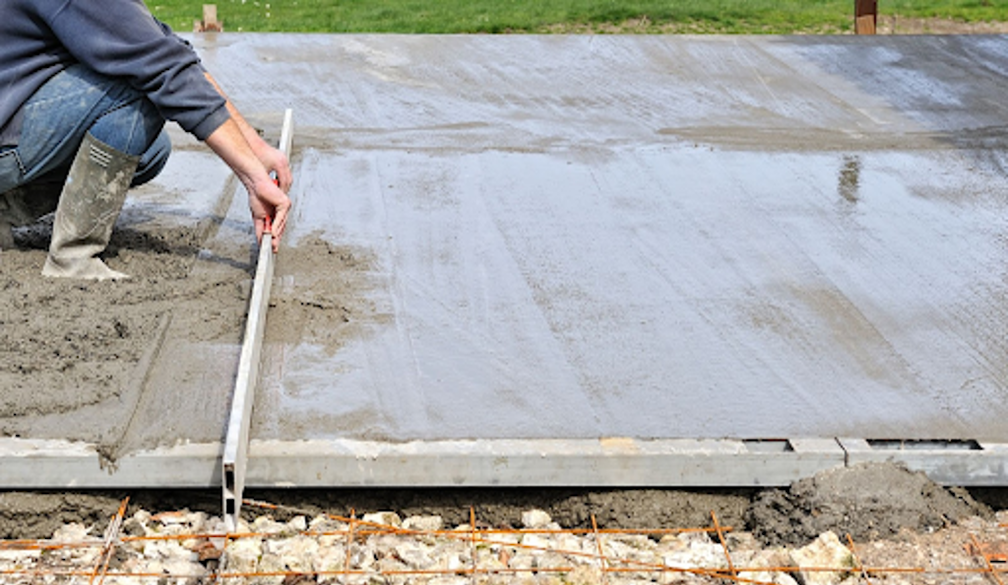How Soil Testing Ensures Strong Structural Foundations

When it comes to building high-quality structures, there are a lot of factors to consider. The design, size, and look of the structure are, nonetheless, well-known elements that most building owners focus on. They frequently miss the most important factor that affects stability and strength. This isn't the best practise, and it could have disastrous consequences.
The soil is regarded the most important variable because it is where the building will be built and must be compatible with the construction methods used. This is to prevent any dangers from developing over time.
Soil testing is a means of acquiring information about the soil for a construction project. And, happily, this article will explain what soil testing is, how it's done, and why it's important for every construction job. Make sure to read all the way to the end for more interesting details.
Soil testing is a term that refers to the examination of soil
Soil testing is a scientific procedure for determining the qualities of soil in a given location. Soil testing encompasses both the actual soil test and site classification.
Soil test: Also known as a field test, this entails collecting soil samples from the site for a laboratory test and then conducting a field soil analysis based on the results of the laboratory test.
Site categorisation entails utilising a state-set guide or standard to categorise sites based on their characteristics. The data and observations from the field testing and laboratory tests are used to classify the site into one of several categories. The construction method to be employed on the site has a standard for each category.
Because they are in charge of overseeing the entire test process, soil testing necessitates the presence of a competent structural engineer or an experienced engineering consultant.
How Is Soil Testing Performed?
As previously said, soil testing is divided into categories, each of which focuses on a different quality, such as:
Field Tests: A field test looks for the following qualities in a site:
-
* The site's slope
-
* The strata of the soil: this helps identify the different soil types that are layered on top of each other.
-
* Overland flows
-
* Existing structures in the soil
-
* Bearing capacity of the soil using a Dynamic Core Penetrometer (DCP)
-
* Soil strength
-
* Soil pH
The laboratory test is used in conjunction with the field tests to check for:
-
* Reactivity of the soil
-
* Permeability of the soil
-
* Salinity of the soil
Site classification: Before beginning the construction project, the site is classified using established categories and findings from the field test.
The Advantages of Soil Testing
The benefits of soil testing demonstrate why it is critical for the basis of any building project. These are the advantages:
-
It saves money by providing thorough information on the most cost-effective approach to complete a construction job.
-
It assists in determining the appropriate foundation for a given location.
-
It assists in determining the best building material and technique to utilise on-site in order to avoid any mishaps.
-
It aids in determining the depth to dig for water.
Is There a Season For Soil Testing?
No, soil testing can be done at any time and in any location; it simply needs to be done by an experienced professional engineer.
Conclusion
Soil testing aids in determining the most important factor that affects a building's quality. As a result, there is no doubting how important it is for any building's foundation.
The PSA Group provide a range of environmental management services that consist of soil and water analysis and testing, polluted water removal and dumping, along with a comprehensive array of other important environmental monitoring and construction services, such as dewatering services.








